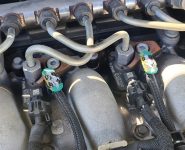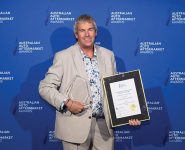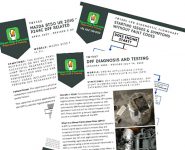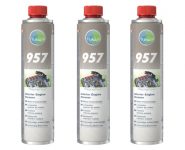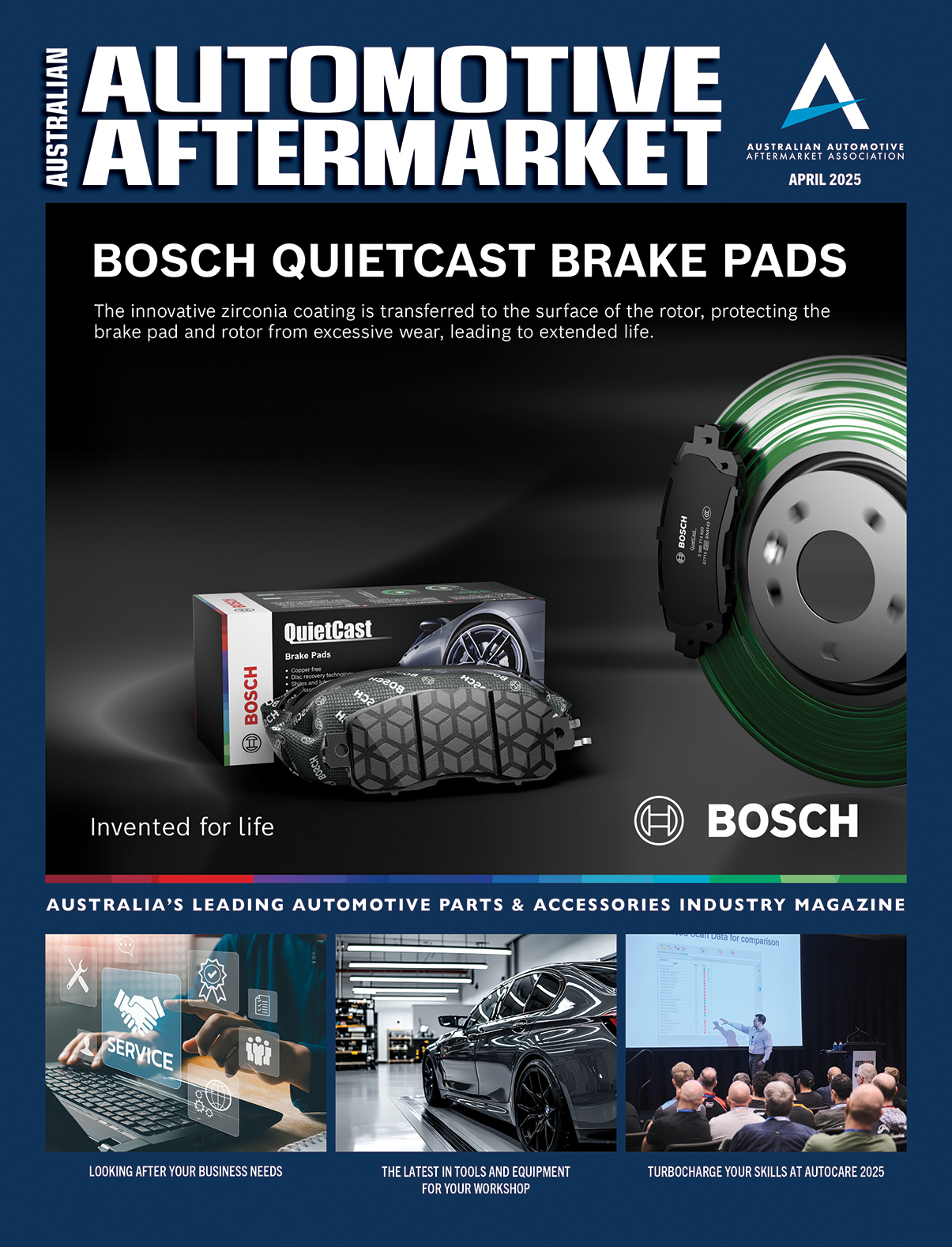DHA FOUNDER PRAISES TUNAP AUSTRALIA PRODUCTS
Clinton Brett has recently been appointed as a Tunap Australia brand ambassador
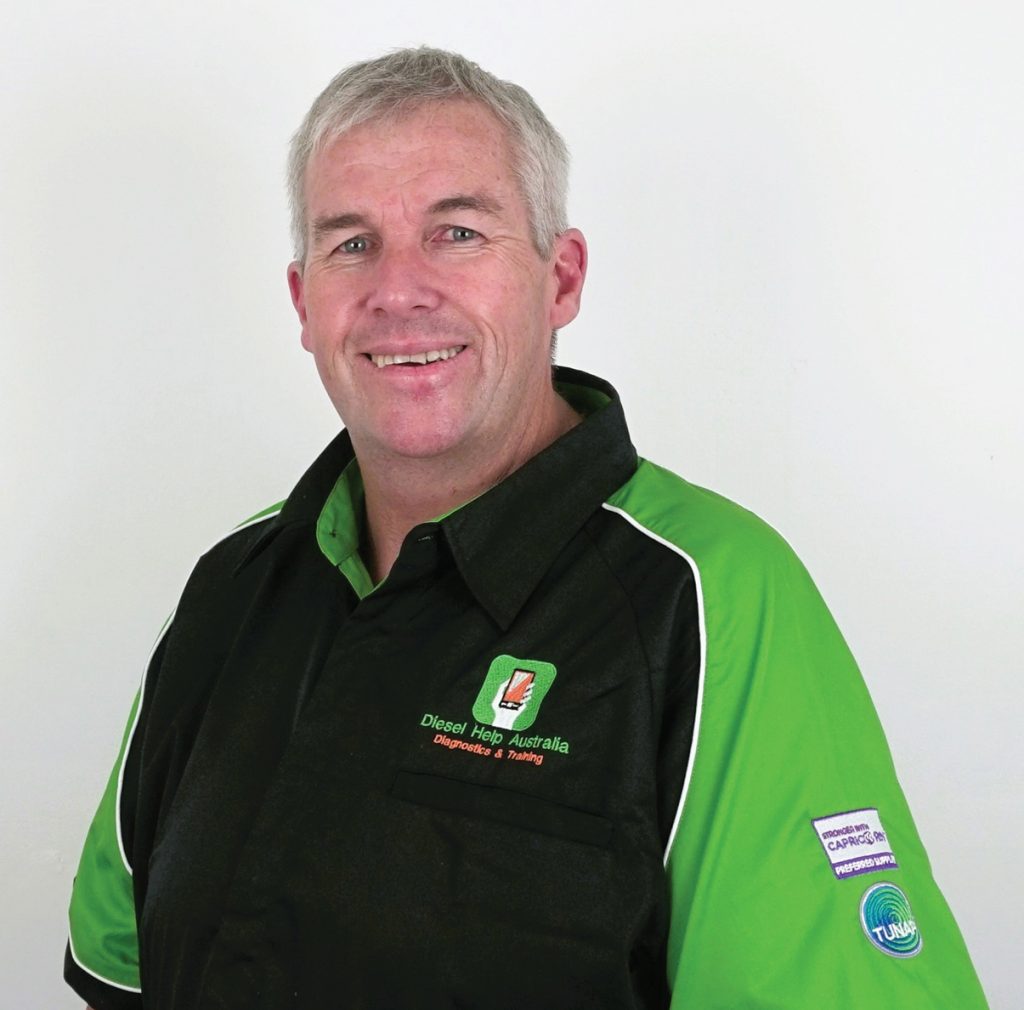
In recent editorials in Aftermarket Magazine, Diesel Help Australia Founder, Clinton Brett, spoke about the Diesel Help Australia Diagnostic Tool for DPF and the company’s Turbo Test Kit.
The recent article drew the attention of Tunap Australia Director, Robert Lettieri, who himself has extensive diesel experience.
Robert says Clinton’s presence and positive influence in the Australian automotive industry is reassuring for the trade, and therefore Clinton is a most suitable Tunap Australia brand ambassador.
Clinton says that the environmental policy of Tunap Australia and its positive approach to cleaning diesel systems were important factors in his decision to take on the role.
Recently, Clinton met with Rob in Victoria to personally demonstrate the DPF Test Kit on a problematic Mitsubishi 4N15 with poor performance issues and DPF fault codes.
While demonstrating the kit, Clinton says he was at the same time keen to witness the Tunap DPF Cleaner 931 in action.
When Clinton arrived at the workshop that morning, the engine had not been started as it is imperative that the DPF is cold to allow the product to have a chemical reaction with the ash and the soot.
The Tunap 931 DPF Cleaner product is water-based, non-corrosive, non-toxic and can block the DPF if applied hot – and also being water based, its likely to evaporate, meaning the process would be pointless when used on a hot DPF.
“On the scan tool, the differential pressure
sensor was reading -0.4 kPa, informing us there is a problem with the sensor. It should be reading
0 kPa when the engine is not running,” Clinton said.
“The 931 DPF cleaner is used in conjunction with a Tunap supplied spray gun, entering the pressure side of the DPF via a probe before the actual filter.
“As soon as the foam starts to exit the filling point, it is left for 10 minutes allowing it to soak, and refilling until the 1L bottle is empty.
“We repeat the process followed by a rinse with 932 flushing concentrate.
“This is important because it cleans the fluid from the system, assisting the process. We refit the hoses, start the engine – bringing the speed to 950-1000 RPM – to push the liquid out.
“At this stage, the scan tool displayed a pressure of 12 kPa and our test gauge at 9.0. At this stage there’s no need to drive the vehicle as it’s best to introduce heat into the DPF gradually and slowly.
“After 10 minutes idling, the gauge dropped to 0kPa whilst the scan tool displayed 2.5. As such, we were able to prove the sensor failure and reduce the pressure without performing a DPF regeneration.”
For more information, visit www.dieselhelp.com.au or www.tunap.com.au


